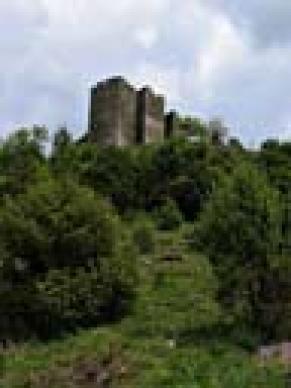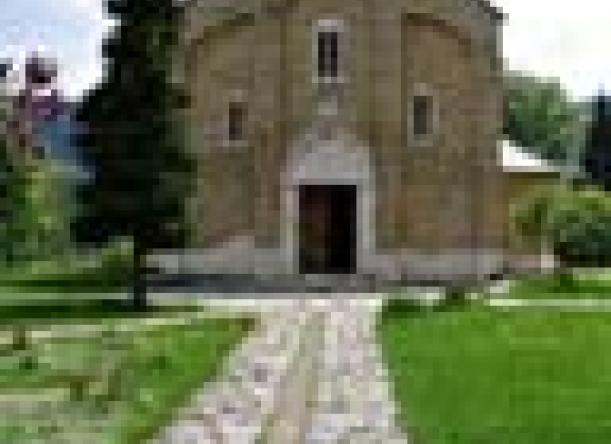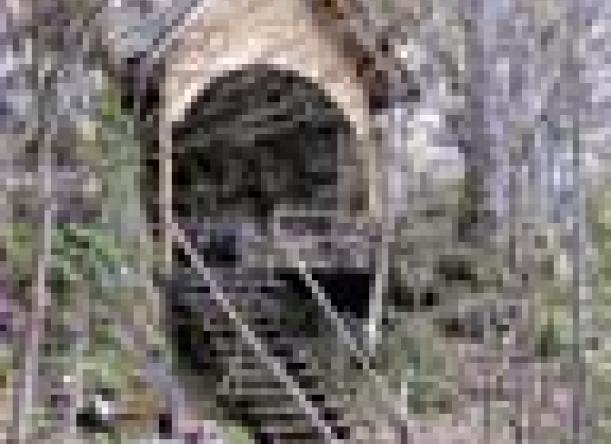Historical Heritage
About
Early Byzantin basilic ruins /IV-V c./ isdiscovered in the year 1999, in site Crkvina -Nebeska Stolica at 1800m a.s.l. (E-6).
Historical traces of the broader region of Kopaonik reveal lllyrian and pre-lllyrian heritage. Roman settlements and later Slav consolidation.
Medieval sources, the charters of Stefan Nemanja and his successors, note this region as a parish in the region of the lbar, from Zvecan to the river West Morava with Kopaonik in the center of the region.
Ruins of the fortifications placed on the mountain tops surrounding the central massif prove the historical significance of the Kopaonik region, like of the center of the Serbian medieval state (ruled by the Dynasties Nemanjic, Lazarevic and Brankovic).
Towns Zvecan (XI-XIV century), Maglic (XIV), Brvenik (XIV), Vrh Lab (XIV), Koznik (XV) guarded fertile region of the wine - growing district, ore and forest wealth of Kopaonik and rich pious foundations of the Serbian rulers:
- Petrova crkva (VIII - IX century) near Novi Pazar
- Studenica (XI _ XII century) near Usce
- Zica (XIII century) near Kraljevo
- Sopocani (XIII century) near Novi Pazar
- Djurdjevi stubovi (XII century) near Novi Pazar
- Gradac (XIII century) near Raska
- Pavlica (XIV century) near Raska.
Kopaonik has a rich mining past. The historical sources note King of Raska Stefan Uros I who brought from Germany hired miners, know as Saxons. The miners'' settlements and towns, together with the melting plants and mints: Stari Trg, Novo Brdo, Rogozno, Plana, were situated in the surrouding district.
Mining region of Kopaonik was the most prosperous in XTV and XV century during the Despotate when it developed trade with the Dubrovnik Republic, Byzantium and Western Europe.
Mining of this region was ruined after the raids of the Turks in XV century and it revived in the XIX and XX century.
Even today, we can find the remnants and traces of the old excavations from the Roman and Medieval times on Kopaonik.



